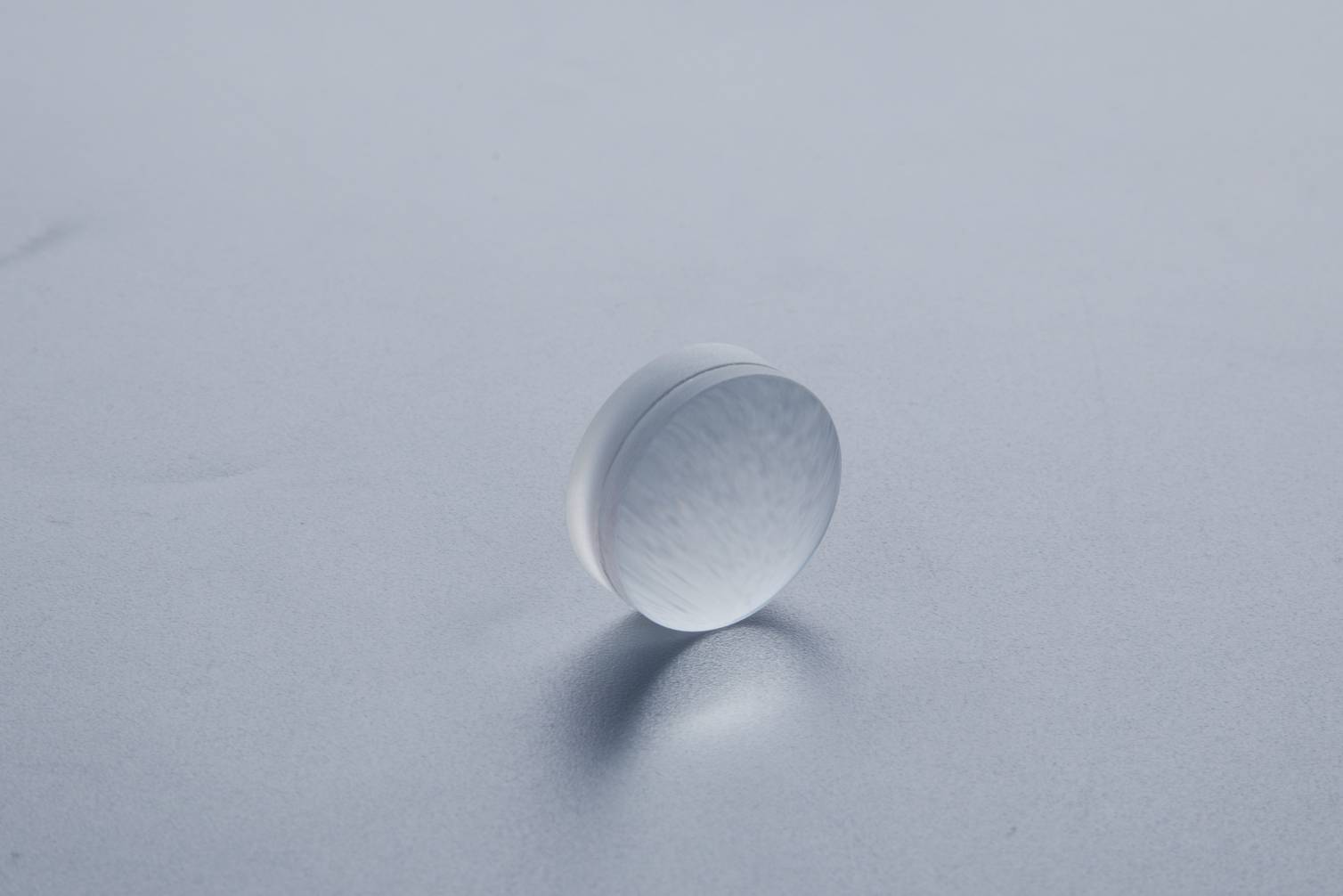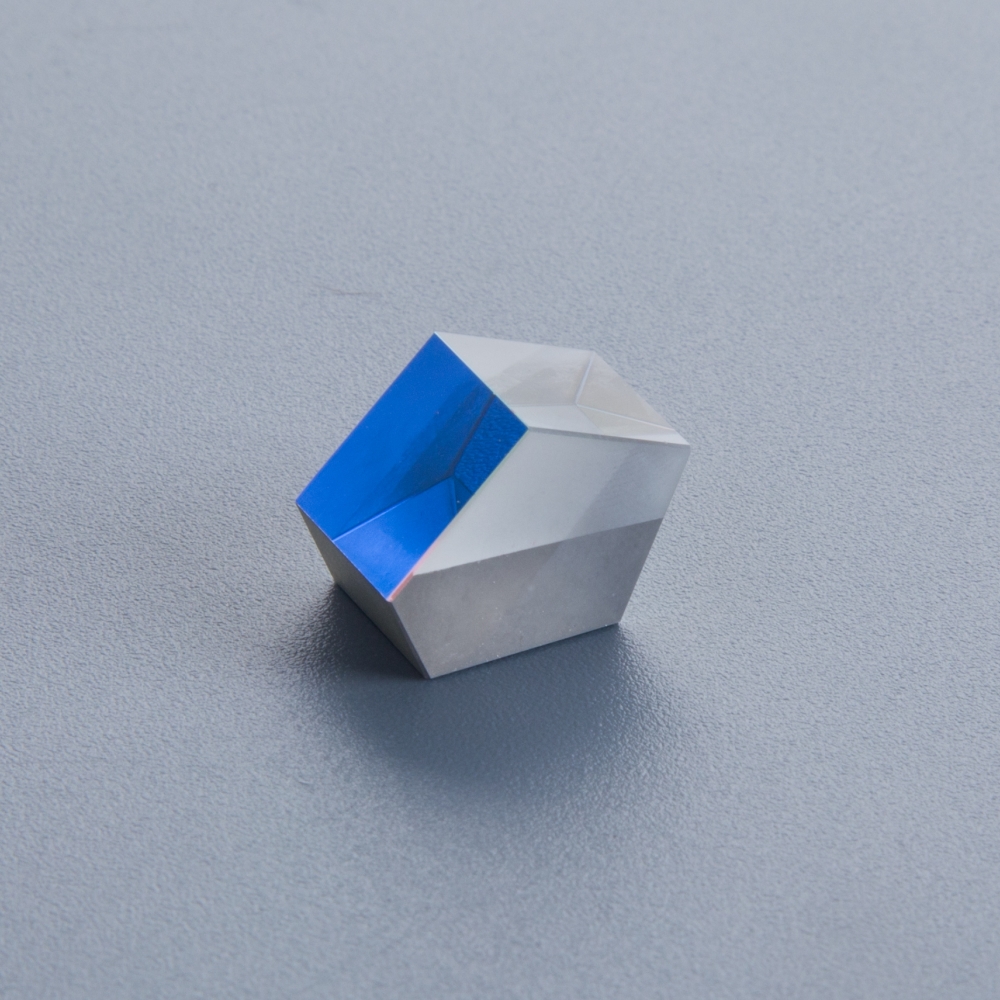Difference between Concave vs Convex Lens: Isn’t physics one of those subjects that almost every student is scared of? Well why not, given the complexity of problems and difficulty level of the concepts, the terror is for real to come. However, sufficient practice in all the important topics and clearing the basics of the subject can help students gain good marks in the toughest subject as well. Lens is one such topic that needs to be given significance and attention for gaining marks. Class 11 and 12 have questions about the concave and convex lens. In fact, this chapter is included in early classes as well.
Students often confuse themselves between the concave and convex lens, their uses, and other important topics related to these. To clarify all your doubts about the concave lens and convex lens, students can read this article. Here, the difference between a concave lens and a convex lens has been discussed in detail. Enhanced Aluminum Mirror Coating

A Concave Lens is a lens that is thinner at the center and thicker at the edges. The center is presented as an inwards circle with edges bulging outwards. It is called a diverging lens given its structure and work. It diverges the straight light beam into diminished, upright, and virtual image. Concave lenses make far objects appear smaller than their actual size.
Concave lens formula is used to determine the position and nature of the image formed after a ray of light passes through the concave lens. The formula is known as the lens formula. Mathematically, it is presented as:
Here, f is the focal length, v is the distance between the image and center, and u is the distance between the object and center.
The magnification of the image in a concave lens is calculated as
M = v/ u = hi/ho
Here, hi is the height of the image and ho is the height of the object
Under two conditions concave lens forms images. They are presented below
Condition 1: When the object is formed at infinity, a virtual image is formed at the focus. The size of the image formed is smaller than the object. Diagrammatically, it is represented as:
Condition 2: When the object is placed at a finite position, a virtual image is formed between the pole and the focus of the concave lens. The size of the image formed is smaller than the object. Diagrammatically, it is represented as:
Concave Lens is used for the following purposes:
A Convex Lens is a lens that is thicker at the center and thinner at the edges. The center is presented as a bulged outward circle with edges thinning towards the end. It is called a converging lens given its structure and work. It converges the straight light beam into an inverted, real, and smaller image. How is image formed in Convex Lens?
Condition 1: When object is placed at focus
Condition 2: When the object is placed at 2F
Condition 3: When the object is placed between F and 2F
Condition 4: When the object is placed beyond 2F
Condition 5: When the object is placed between the principal axis and focus
Condition 6: When the object is at infinity Uses of Convex Lens
Convex Lens is used for the following purposes: They help us see It corrects long-sightedness Used in cameras Used in microscopes, telescopes, and camera lenses Difference between Concave Lens and Convex Lens
Differences between a concave lens and a convex lens are presented below: Concave Lens Convex Lens It is thinner at the center and thicker towards the edge. It is thicker at the center and thinner towards the edge It is also known as diverging lens It is also known as a converging lens It has negative focal length It has positive focal length Concave lenses diverge the beam of light away from the principal axis Convex lenses converge the beam of light toward the principal axis The image formed is upright and virtual The image formed is real and inverted. It is used in peepholes, telescopes, and spectacles It is used in cameras, human eye, to correct long-sightedness and microscopes
Difference between Interference and Diffraction
Difference between Speed and Velocity
Get here latest School, CBSE and Govt Jobs notification in English and Hindi for Sarkari Naukari and Sarkari Result.Download the Jagran Josh Sarkari Naukri App.
Physics Formulas For Class 12: All Concepts and Chapters
Physics Online Test Thermodynamics Set-1
What is the Difference Between Real and Virtual Image? Know Key Differences
Shaheed Diwas 2024: Why is Martyr's Day celebrated twice a year?understand the difference
Top 10 Longest Train Routes in World
Budget 2024 Date and Time: Why Finance Minister Nirmala Sitharaman is presenting an Interim Budget this year?
Picture Puzzle Vision Test: Only The Sharpest Pair Of Eyes Can Spot The Dog's Bone In 8 Seconds!
JEE Main Session 1 Answer Key 2024 by Resonance: Check Shift 1, 2 Answer Key with Solutions
JEE Main Session 1 Answer Key 2024 by Aakash: Check Shift 1, 2 Answer Key with Solutions
JEE Main Session 1 Answer Key 2024 by FIITJEE: Check Shift 1, 2 Answer Key with Solutions
JEE Main Question Paper 2024 Memory Based: Check Question Paper with Solutions
AFCAT Admit Card 2024: Admit cards will be released tomorrow, can be downloaded on afcat.cdac.in
UPSSSC PET Result 2024 OUT at upsssc.gov.in, Download UP Preliminary Eligibility Test Marks
SSC GD Exam Date 2024 Out: SSC GD exam date announced for constable exam, see complete schedule
UPSSSC PET Result 2024: UP PET Result declared, download scorecard from this link
AFCAT Admit Card 2024: Direct Download Link to Active on 30 Jan at afcat.cdac.in
UPSSSC PET Result 2024 Out: UP PET Result declared on upsssc.gov.in, here is the PDF download link
Only sharp eyes can spot Galileo in 7 seconds
Maharashtra Board SSC Class 10 Admit Card 2024: Check Release Date, Steps to Download, Exam-Day Instructions and More
OIL India Recruitment 2024 Notification For 102 Senior Officer, Last Day to Apply Online
Maharashtra Board HSC Class 12 Admit Card 2024: Check Release Date, Steps to Download, Exam-Day Instructions and More
WBCHSE 12th Admit Card 2024: Download WB HS Admit Card Here

Convex Lens Magnifying Glass Convex Mirror CBSE Class 10 MCQs of All Subjects (PDF)